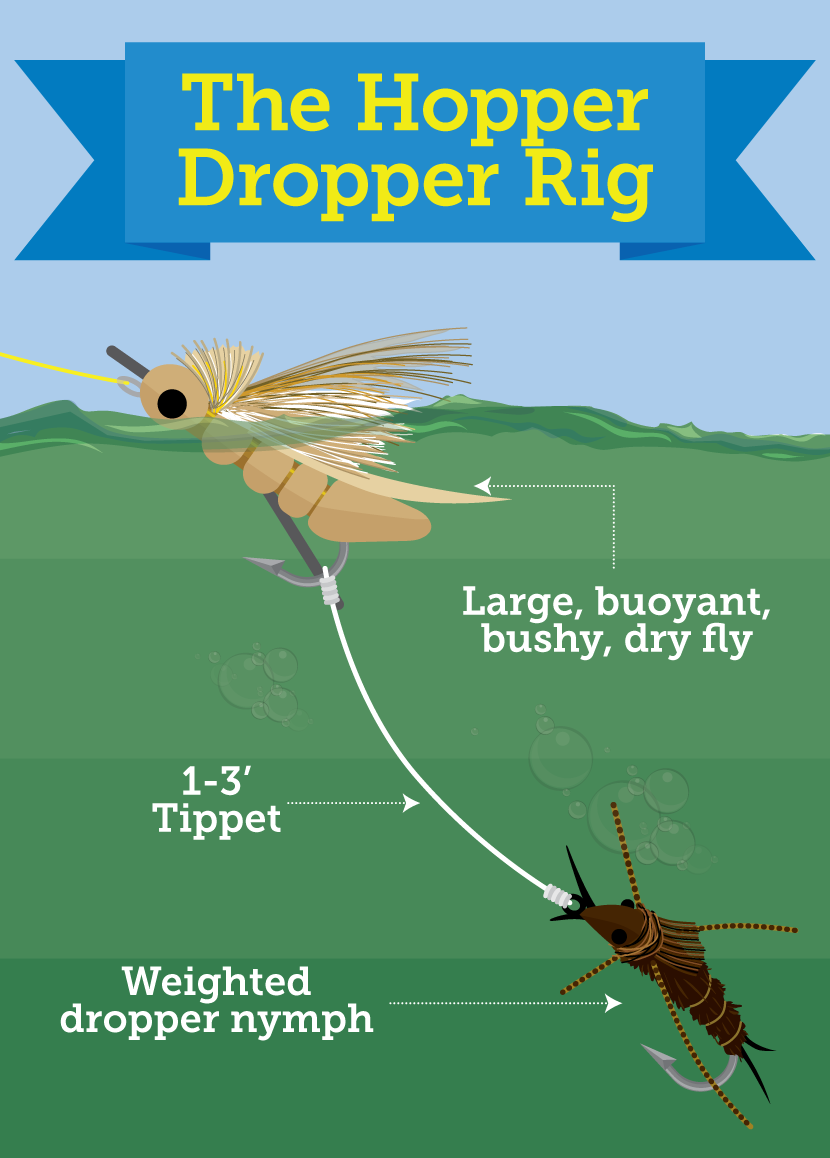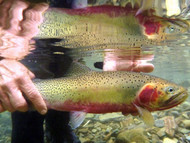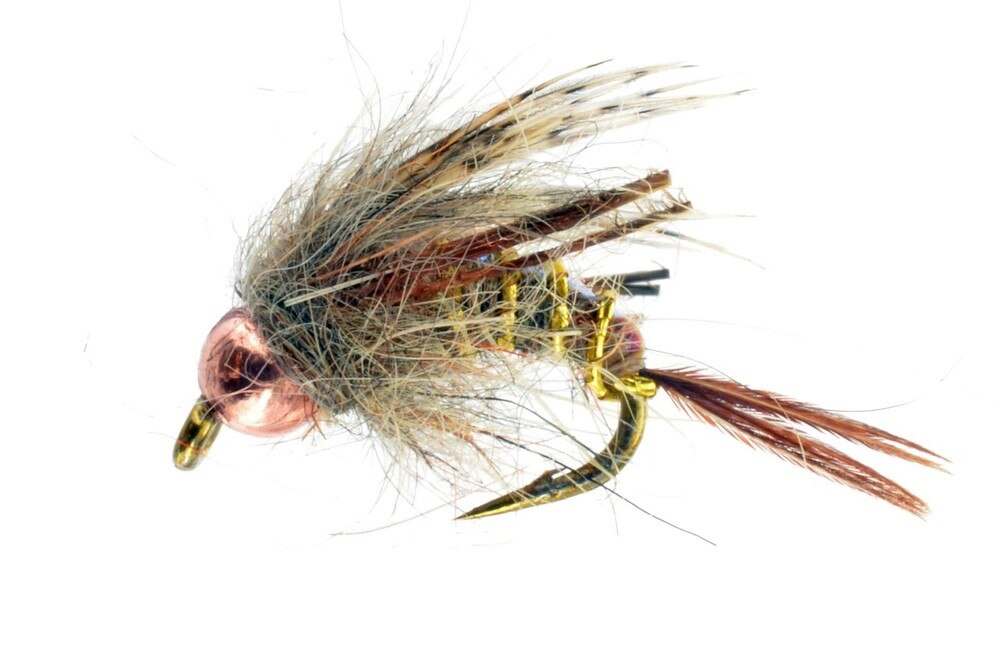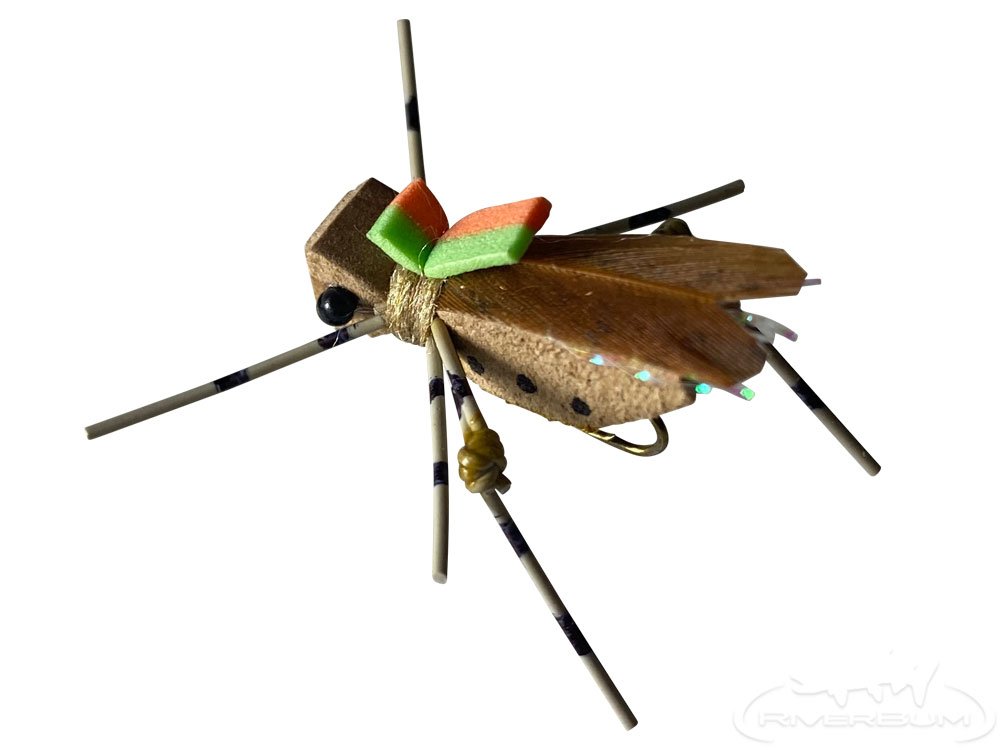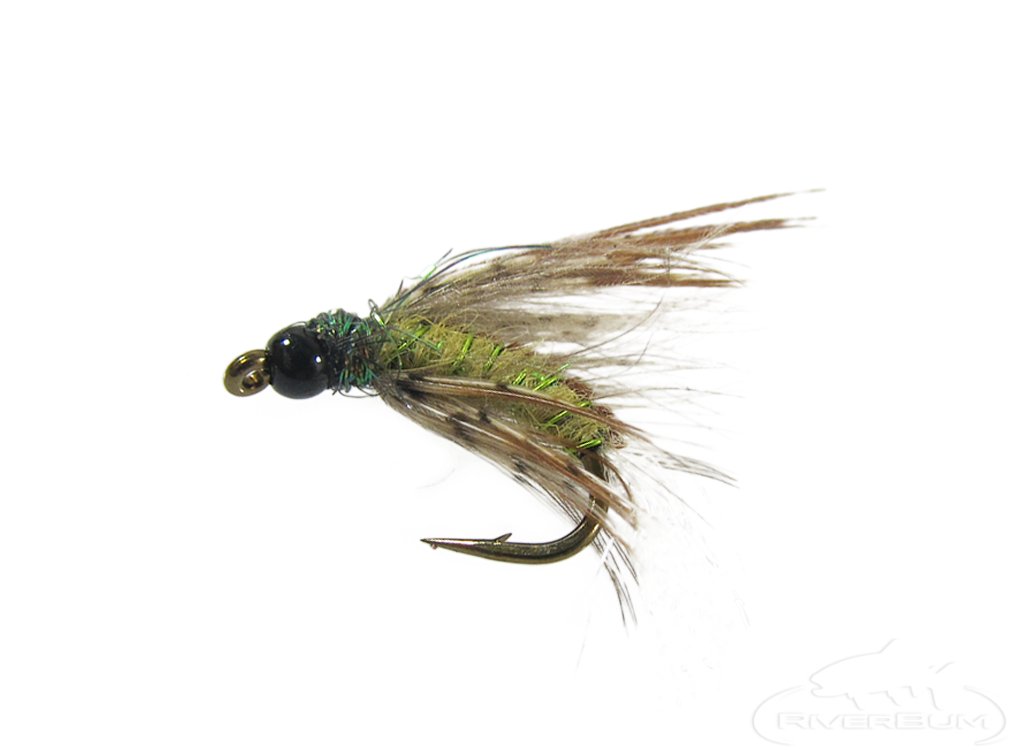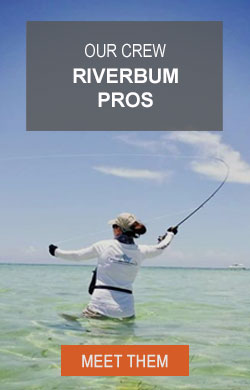Hopper Dropper Rig
What’s better than a dry fly bite? Not much in my book. It’s late summer/early fall and the Grasshoppers are out in force. Water temps are falling with the cooler nights and shortening of daylight. It’s Hopper-Dropper time!
So what is the famed Hopper-Dropper Rig?
The hopper-dropper rig can be described as a big bushy dry fly with a nymph drifted in the water below. Hoppers are found near the riverbanks in late summer and early fall. I have seen them out as late as mid October. Hungry trout love these protein rich bugs. They hold tight to the bank to pounce on an ill place hop by the hopper. Then….SMASH. These are not subtle takes.
But sometimes, hoppers aren’t on the menu
This is where the “dropper” comes into play. The nymph is rigged to the hopper because trout feed mostly below the surface. Often, the trout will rise to the hopper, turn, and take your nymph offering. In this case, the hopper acts as you strike indicator, just one that can catch fish also.
Rigging Up the Hopper-Dropper
The basic concept is to tie on enough tippet to the hook of the hopper, right above the barb. This method really does not work well on barbless hooks on the hopper. So, tie on your hopper to your leader. Pull out 18” to 36” of tippet material. Tie one end to the hook using a cinch knot. Tie the other end to the nymph of your choice. I personally like to use fluorocarbon tippet. I find it sinks quicker and of course is stronger.
The options for your hopper are endless. You can of course use a hopper, a Chernobyl ant, or a big bushy stimulator. For the dropper, I like to go with something that is hatching that day. You can never go wrong with a copper john or a pheasant tail, but if there’s caddis out and about I’d use a gardner’s neverbug or a Bjorn’s baddest caddis.
That’s it for now my fishy friends. Please remember to take care of our waters, they are the only ones we have. Pack it in, Pack it out…and leave no trace.
